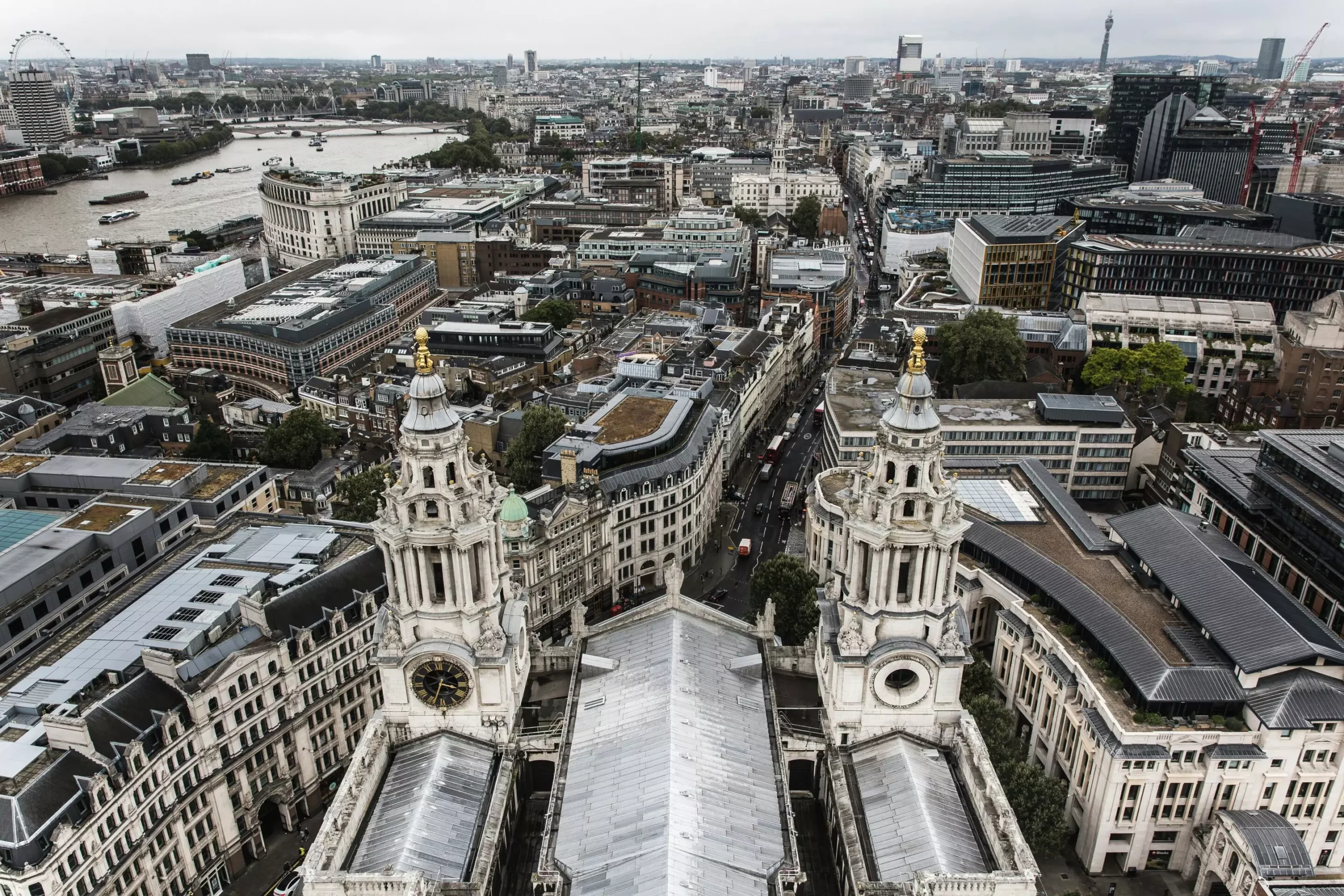The concept of urban heat islands (UHIs) highlights a prevalent issue within modern cities, where infrastructure absorbs and retains heat, making urban environments significantly warmer than their rural counterparts. A study conducted by researchers at UCL and the University of Exeter has shed light on how the widespread adoption of cool roofs could have dramatically reduced heat-related mortality during London’s record-breaking summer of 2018. This article delves into the findings of this research, exploring the implications of cool roofs and rooftop solar panels for London and similar urban landscapes facing increasing temperatures due to climate change.
In the summer of 2018, London experienced unprecedented temperatures, averaging 19.2 degrees Celsius—approximately 1.6 degrees above the norm for that period. This intense heatwave led to 786 heat-related deaths, revealing a critical public health concern exacerbated by urban design. The study’s researchers estimated that nearly 249 lives could have been spared through the implementation of cool roofs—structures coated with light, reflective materials that minimize solar radiation absorption. This estimate reflects the significant opportunities that exist within current urban designs to save lives and enhance living conditions.
The researchers revealed that cool roofs could, on average, lower city temperatures by 0.8 degrees Celsius. By using white or reflective coatings, these roofs would absorb less heat compared to traditional dark surfaces, assisting in mitigating the urban heat island effect. Moreover, the study highlights that not only cool roofs but also the installation of rooftop solar panels could further contribute to reduced temperatures. It was estimated that solar panels alone could have lowered temperatures by 0.3 degrees Celsius, offering a dual benefit: cooling cities while generating renewable energy.
The cumulative effects of adopting both cool roofs and solar technology could have saved up to 345 lives during that critical summer. This would represent roughly 44% of the recorded heat-related fatalities, illustrating how leveraging innovative urban planning strategies can have profound impacts on public health outcomes.
The economic burden of heat-related mortality extends beyond human loss. The study calculated that the potential reduction in deaths through cool roofs could have alleviated the economic costs to London by approximately £615 million, while the adoption of solar panels could have reduced that burden by around £237 million. In addition to saving lives, these roofs offer significant economic advantages, illustrating how urban infrastructure can be designed to serve dual purposes: alleviating temperature extremes and bolstering city economies through energy generation.
Future-Proofing Our Cities Against Climate Change
As global temperatures rise due to climate change, urban centers are particularly vulnerable, with around 83% of the UK population residing in urbanized areas. Dr. Charles Simpson from UCL highlights the urgency for cities to adapt to these challenges. The research articulates that light-colored roofs could be instrumental in creating more resilient urban environments, thereby enhancing the overall quality of life for city dwellers while addressing climate-related issues.
Furthermore, preliminary findings from the research team indicate that during extreme heat events, the adoption of cool roofs could lower city temperatures by as much as 1.2 degrees Celsius, emphasizing their ability to combat severe heatwaves effectively.
The evidence presented by the study advocates for a shift in urban planning principles. The transition towards more reflective roofing materials and solar energy solutions requires recognition not only from policymakers but also from residents, businesses, and urban developers. Professor Tim Taylor from the University of Exeter emphasizes the need for proactive measures to mitigate heat trap effects, thus improving urban environments.
Cities worldwide should take note of these findings. Encouraging enhanced roofing designs will not only contribute to further public health benefits but also pave the way for sustainable urban development strategies. This multifaceted approach to urban management could fortify towns and cities against adverse climate conditions that are becoming increasingly common.
In the face of climate change, simple yet effective solutions like cool roofs can lead to substantial positive changes in urban areas. As cities continue to grow and grapple with rising temperatures, the integration of energy-efficient designs and environmental strategies stands to significantly impact livability and sustainability. It is imperative that urban planners, governments, and communities work together towards implementing solutions that ensure the safety and well-being of urban populations, safeguarding them against the consequences of climate change.


Leave a Reply